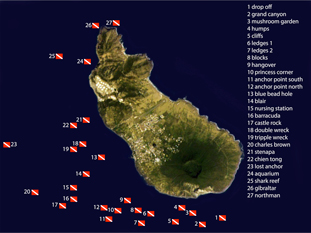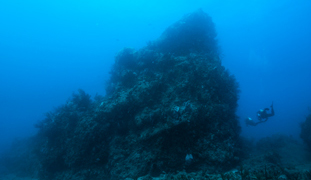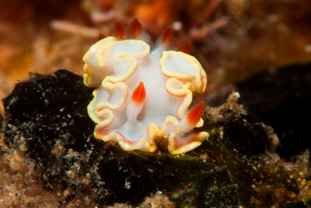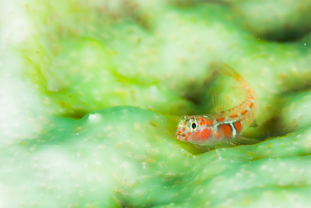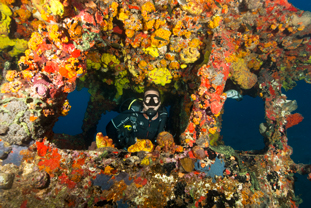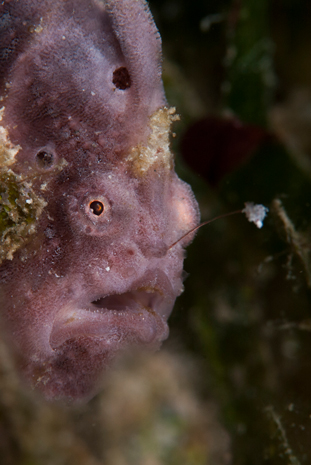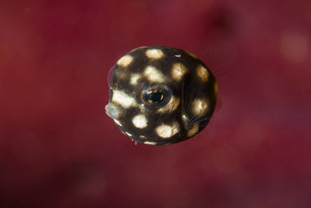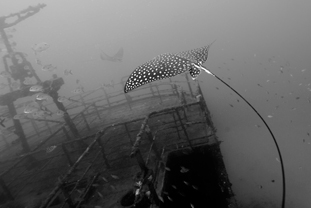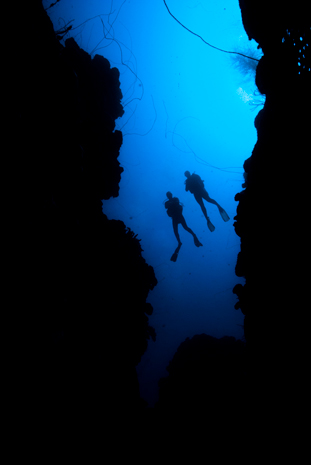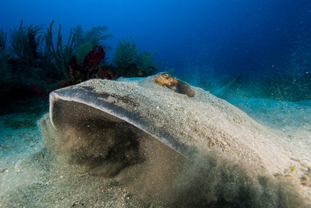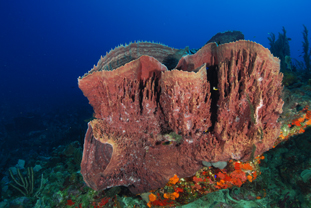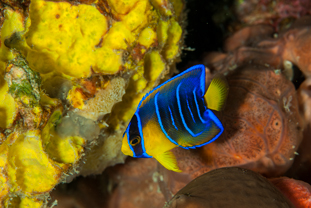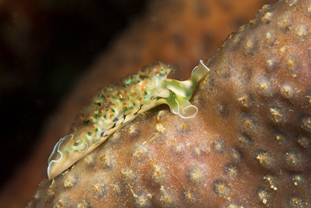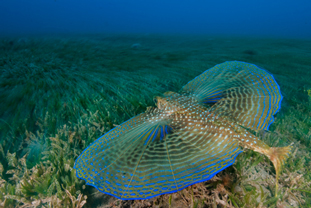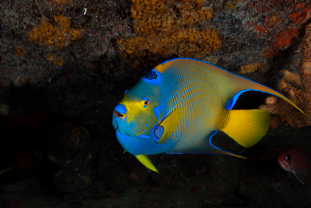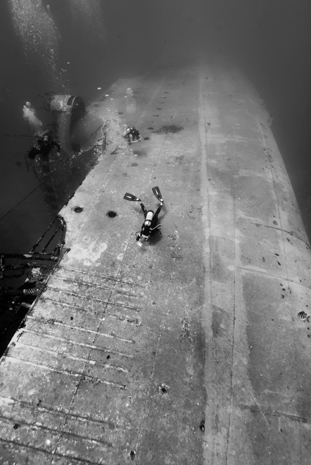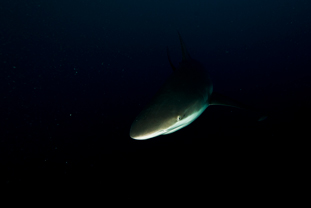Exploring the many different ecosystems of St. Eustatius is diving in constant changing environments. Almost all of the 36 official sites are moored to save the reef from anchorage. We also love to drift from one site to the other to show you the true hidden treasures.
In order to dive in the Marine Park, divers have to pay a fee of $6 per dive or $30 for a yearly tag with unlimited diving. This fee is used for installing and maintaining the dive moorings. Healthy reefs with abundant marine life are waiting for you, and the one thing you probably won’t see is other groups of divers.
Scroll down the selection of dive sites listed below and don’t hesitate to tell us your favorites!


